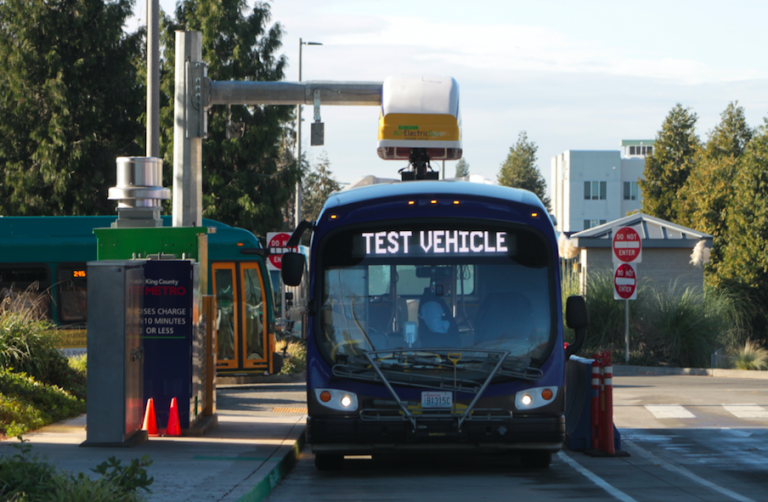Published on October 22, 2019

Back when King County first began to test electric buses in 2016, officials hoped to build a “zero-emission fleet” by 2040. But recent activism calling for aggressive measures to cut carbon emissions — especially from Indigenous demonstrators and students — has helped push forward proposed legislation that aims to accelerate that transition to 2035.
Cities that truly aim for zero-emissions status have much to consider beyond commissioning all-electric fleets and adding charging stations. Don MacKenzie, associate professor of Civil and Environmental Engineering and director of the University of Washington’s Sustainable Transportation Lab, says city managers will have to pay attention to the sources of energy that charge those electric vehicles, too. While many assume that Washington’s hydropower guarantees a clean source of energy, MacKenzie says that it isn’t necessarily the case.
“When we create more demand for electricity, we don’t generate more hydropower,” he says. “There’s a fixed amount of hydropower being generated in North America and when we add more electricity demand, we’re seeking more sources that could be renewable or gas.”
In short, MacKenzie says electric vehicles aren’t “inherently carbon neutral technology, but it gives you the opportunity to seek more carbon-neutral sources.”
Continue reading at Crosscut.
Originally written by Manola Secaira for Crosscut.